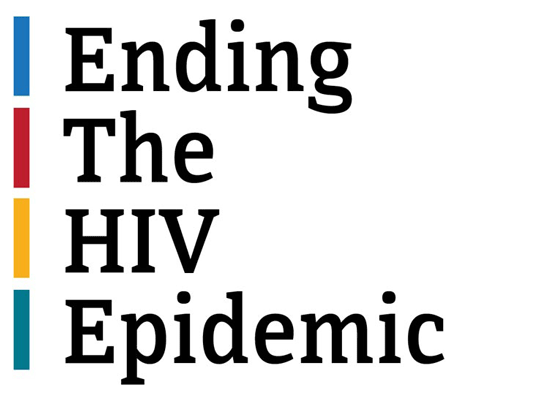40 Years of Progress – OIDP Updates
Topics

Forty years ago – on June 5, 1981 – the U.S. Centers for Disease Control and Prevention (CDC) reported the first cases among gay men of a mysterious illness that would later become known as AIDS. As we mark this anniversary, I am reflecting on the 32 million lives lost to the disease, including many people I’ve known, respected, and loved.
I am also reflecting on our four decades of learning about and responding to HIV. Our history of progress in responding to HIV and AIDS has been filled with challenges, advances, contention, and collaboration. Today, we have great reason for optimism. We now have the tools to end the HIV epidemic here in the U.S. and around the globe.
The Ending the HIV Epidemic (EHE) initiative is helping to propel efforts here in the United States. Fifty-seven jurisdictions have developed and are now implementing tailored plans to end the HIV epidemic in the communities with the highest numbers of HIV diagnoses. They are doing so with funding and/or support from agencies across the U.S. Department of Health and Human Services (HHS) including CDC, HRSA, IHS, NIH, SAMHSA, and the Office of the Assistant Secretary for Health (OASH). We have prepared a snapshot (PDF, 228 KB) of some of the many EHE activities and accomplishments during 2019 and 2020. The former was a preparation and planning year, and the latter was the first full year of implementing the EHE initiative. The snapshot illustrates important momentum and progress, which is especially promising given that it was achieved while all the stakeholders were also playing vital roles in responding to COVID-19.
Last week, we updated the AHEAD dashboard, which displays data on the six indicators used to track progress on the EHE initiative. It now displays new data for all six EHE indicators at the national, state/territory, and county/area levels. This new data lets stakeholders closely examine how HIV prevention and treatment policies, services, and interventions can be enhanced, modified, sustained, and replicated over the next 12 months. Stakeholders, such as public health departments, community-based providers and planners can readily identify new or emerging gaps and fine-tune their HIV services to help achieve the first EHE goal of 75% reduction of HIV transmissions by 2025. For additional information on the AHEAD dashboard updates please see this blog post.
The Ready, Set, PrEP program continues to grow. It is a component of EHE administered by OIDP that provides free HIV-prevention medications to individuals at risk of HIV who do not have prescription drug coverage. A variety of videos and social media assets are helping raise awareness of the program among key populations. These tools are available on the Ready, Set, PrEP Resources page.
EHE is reenergizing our response to HIV across the United States. In doing so, it is helping to re-engage many partners and, importantly, supporting the engagement of new partners who can help us innovate and better reach and support some people with or at risk for HIV that have not yet been successfully served by the tools, programs, services, and policies we now have to prevent and treat HIV. Together we are accelerating our response to HIV.